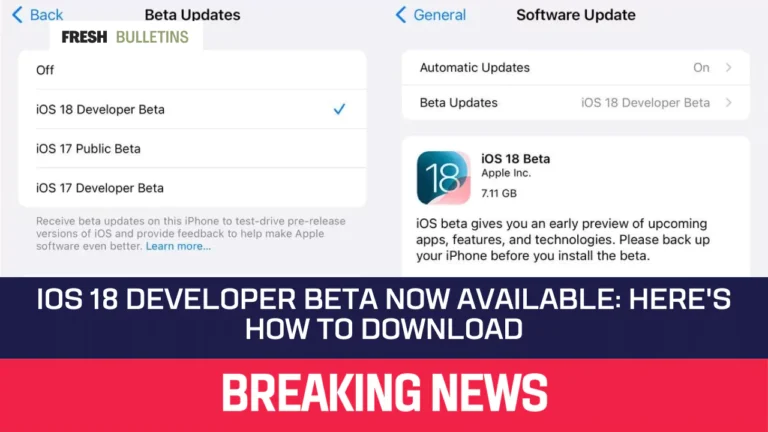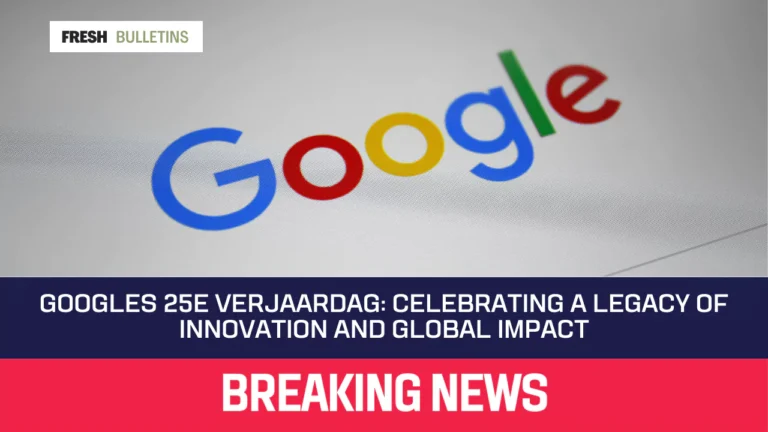Google Implements Watermark to Identify AI-Created Content
Google has introduced a new system called SynthID-Text. This system adds invisible watermarks to text generated by AI. Its main purpose is to help identify content created by machines. This can help people know if the text was written by a human or produced by a robot.
The Problem with AI-Generated Text
As AI technology grows, many text-based tasks now use AI systems like chatbots. These machines create text quickly. They generate articles, stories, or answers to questions. However, not everyone can tell the difference between human-written text and AI-generated text. This is a problem because it can lead to confusion or even misinformation.
Some people try to find ways to detect AI-generated content. They create tools to catch these texts. These tools analyze the words and style used in the writing. However, as AI improves, these tools often struggle. They may not be able to tell if the text is from a person or a machine.
What is SynthID-Text?
SynthID-Text is a new tool created by Google DeepMind. It adds a very special kind of invisible watermark to AI-written text. This watermark does not change the text. People reading it will not notice anything different. The goal is to help users identify AI-generated content more easily.
The watermark works by creating a secret signal that indicates the source of the text. This signal remains undetectable to the human eye but can be recognized by special tools. When a detector reads the text, it can tell if the text came from SynthID-Text.
Advantages of Watermarking Text
Using a watermark has many benefits. First, it helps create trust in the content. Readers can feel safe knowing if what they read is from a reliable source or created by AI. This is especially important for news articles, educational materials, and other sensitive information.
Second, it aids in preventing fake news. Misinformation spreads quickly online. If people can check the source of a text, they might be less likely to share false information. This can help keep bad information from spreading.
Third, it encourages responsible usage of AI. When creators must mark their AI content, they may think more about how they use these tools. This can lead to better practices in using AI for writing.
How Does the Watermark Work?
The watermark is added during the creation of the text. As the AI generates words, the SynthID-Text system interferes. It slightly alters the text to include the watermark. This change is so small that it does not affect the meaning or flow of the writing.
When a person reads the text, they see normal sentences. However, if a specialized tool examines the text, it can detect the watermark signal. This process helps in finding out if the text came from an AI system.
Testing the System
Google has tested the SynthID-Text system with millions of examples. In these tests, responses generated with watermarks were just as good as normal responses. Users gave equal feedback to both kinds of text. This shows that the watermark does not harm the quality of the informative content.
The research is a significant stride in the correct direction. It demonstrates that it is feasible to incorporate watermarks into AI-generated text without causing any complications for the reader.
Challenges in Text Watermarking
While SynthID-Text is a good idea, it is not perfect. Changing text can make it hard to detect the watermark. If someone edits or alters the AI-generated text, the watermark might disappear. Even if someone summarizes the text, the original watermark can be lost.
It is difficult to develop a method that is both dependable and straightforward for preventing this problem. Numerous researchers are exerting themselves to identify novel methodologies. They intend to guarantee that the watermark remains functional regardless of whether the text is altered.
Future of AI Content Identification
The introduction of SynthID-Text opens up new possibilities. Google plans to make this tool available to developers as well. This will help businesses and other organizations use the watermarking system for their own AI-created content.
As tech companies work together, they can create a better way to identify AI-generated text. Offering tools that can work together will make AI content detection easier. This is important as AI technology continues to grow.
The Importance of Content Credentials
Content credentials are relevant for more than just text. They apply to images and videos too. Tech companies are looking for ways to attach information to various types of content. This means that readers may see watermarks on images and videos that confirm their sources as well.
The more methods there are to confirm content sources, the better. It adds to the safety of information available online. People can make informed choices about what to trust. This can lead to a better Internet experience overall.
Conclusion
Google’s new watermark system shows promise in the field of AI-generated content. It helps users identify if the content is from a machine or a human. SynthID-Text aims to add trust to the information that people consume daily.







